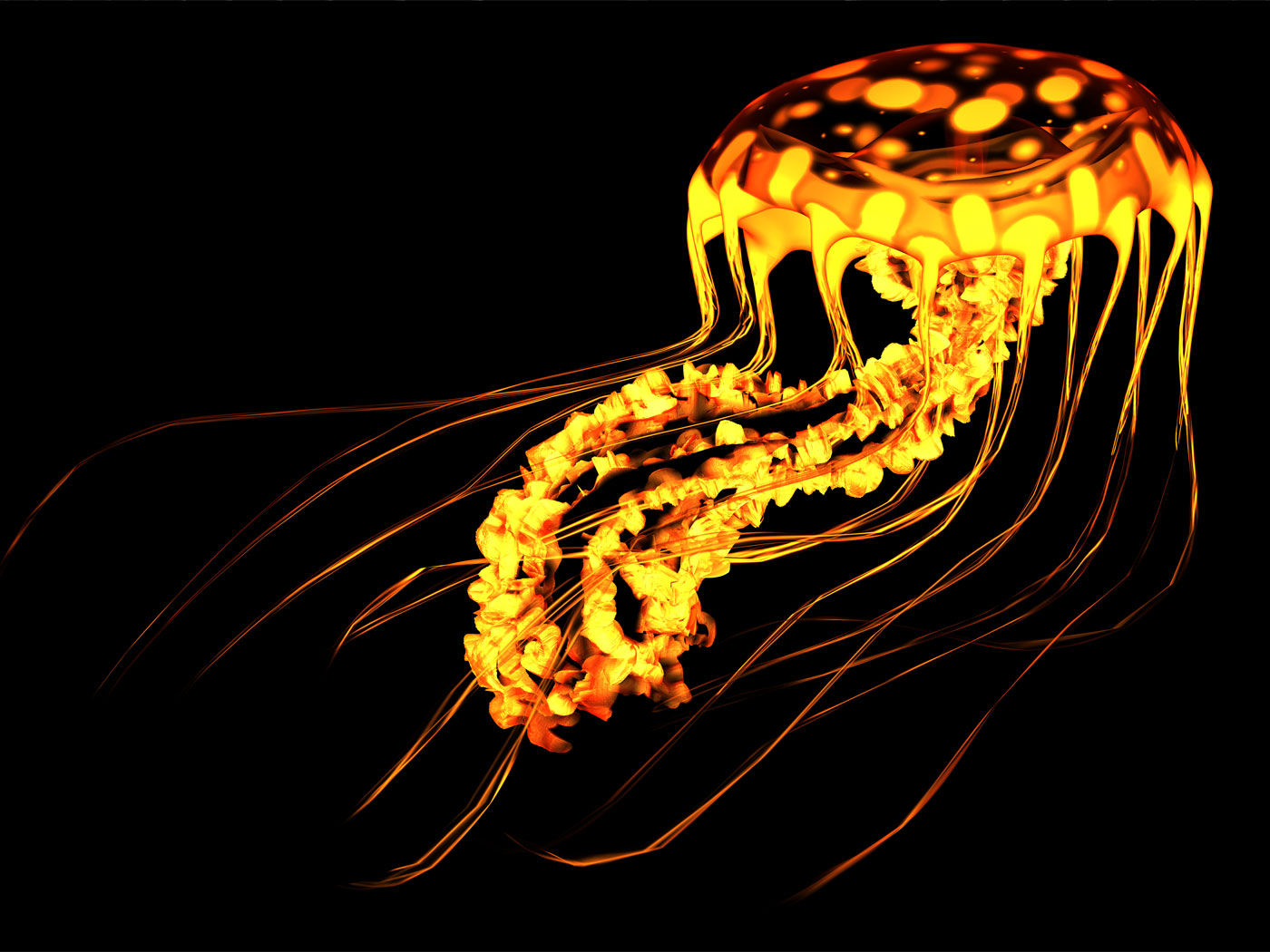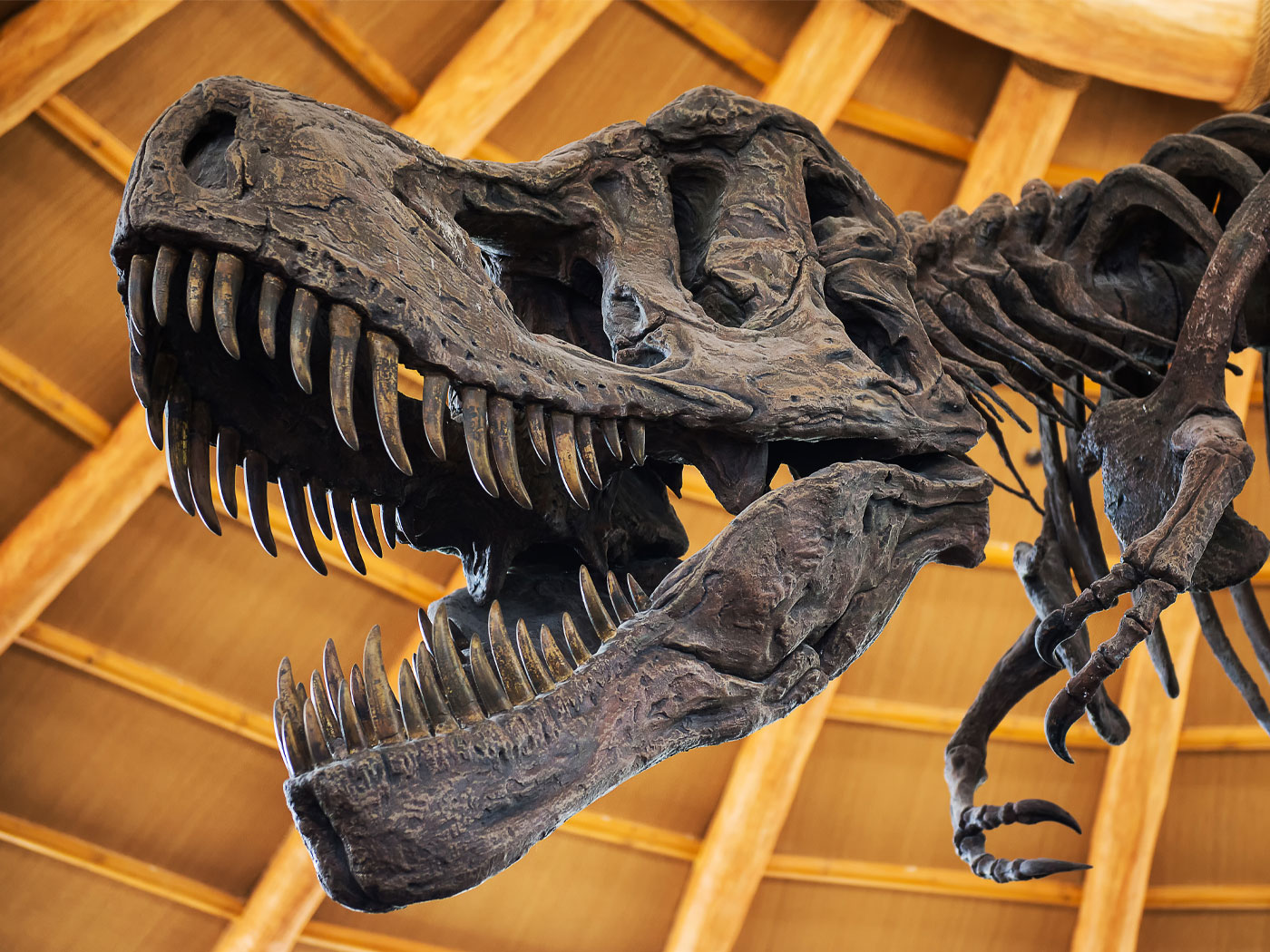Judy Rivers was stuck living out of her car for months. She was not poor—her bank accounts had $80,000. Yet she couldn’t rent an apartment or access her money. The police even took her to jail once as an identity thief for using her own debit card.
Judy’s problems all started one day when she woke up “dead.” Her name had somehow appeared on the Social Security Administration’s Death Master File. Judy’s story was told by CBS News’ 60 Minutes correspondent Scott Pelley, who quipped, “God may judge the quick and the dead but it’s the states that collect the data.”1
Pelley reported that being alive but mistaken for dead is “deadly serious business because when you’re added to the file, that means that banks, the IRS, Medicare, law enforcement and the like, scratch you out of existence. But we found that the Death Master File is often fatally flawed.”1 Judy learned that getting off the Death Master File was harder than getting on. Worse yet, since she was living but officially thought of as dead, in evolutionary terms she was like a living fossil—a creature considered extinct that suddenly turns up alive.
Living Fossils: Fixing a Problem of Too Much Time
Judy had her problems, but living fossils cause their own troubles for evolutionists. In his review of a new book about such creatures, science writer Colin Barras observed “that peculiarly oxymoronic moniker, too, has survived—for around 150 years.”2 The term “living fossil,” first used by Charles Darwin in his Origin of Species, does indeed sound like an oxymoron. However, it suits the way evolutionists apply it to their theory.
Their central problem is time—in this case, too much of it. If evolution is all about creatures changing over time, how do evolutionists account for the many groups of creatures that, in the broad sense, did not change? The time involved in these cases is not trivial. In their way of thinking, you shouldn’t be able to compare a 400 million-year-old fossil fish to its living counterpart and find no major differences.
Time can be an evolutionist’s ally. Darwin appealed to incomprehensibly vast eons to smother any mental reservations about the impossibility of one kind of organism evolving into fundamentally different kinds. His thinking goes like this: If organisms have an enormous number of chances to change over eons, by sheer luck the seemingly impossible just may happen. But vast eras of time may also be an enemy to his theory. Why have horseshoe crabs changed hardly at all in 450 million years when fish, amphibians, reptiles, and mammals all supposedly emerged in succession in 550 million years from some “primitive” organism? Is this non-evolution (called stasis) of horseshoe crabs really the norm for all of life, or are creatures like them simply evolutionary anomalies?
Darwin assumed static creatures like horseshoe crabs were deviations from the normal evolutionary processes. “These anomalous forms may be called living fossils; they have endured to the present day, from having inhabited a confined area, and from having been exposed to less varied, and therefore less severe, competition.”3 Is Darwin’s assumption reasonable about less varied or severe conditions resulting in uniformity over hundreds of millions of years? His explanation may sound like an observation from nature, but it is really an imaginary conjecture. After all, these non-evolving creatures supposedly faced the same bleak multiple mass-extinction events that annihilated many others.
Barras offers another explanation, but since it lacks a scientific foundation he also turns to luck. “The fossil record suggests that every so often evolution hits the jackpot: an organism so impeccably and robustly suited to its environment that further modification is apparently unnecessary.” After all, no one knows for sure “what singles out an organism as a survivor-in-waiting.”4 It seems that both his and Darwin’s scenarios incline toward pure imagination.
Without a doubt, the term “living fossil” is a device intended to rescue evolutionary theory from the “too much time” dilemma by suggesting that organisms survive for eons without change because they live under less varied competition or are simply lucky. Just like the mental constructs used for Piltdown Man and “whale hips,”5 the fatally flawed notion of living fossils leads to blunder upon blunder—some minor and others with major conceptual problems.
A Fish Mistakenly Added to Nature’s Death Master File
Just as Judy Rivers was mistaken for dead, National Geographic recalls how “the primitive-looking coelacanth…was thought to have gone extinct with the dinosaurs 65 million years ago. But its discovery in 1938 by a South African museum curator on a local fishing trawler fascinated the world.”6 PBS’s NOVA program on the subject, titled Ancient Creature of the Deep, describes the coelacanth as “a bizarre fish and ‘living fossil’ that has changed little in its 400 million years on Earth.”7
The coelacanth’s discoverer, Marjorie Courtenay-Latimer, was the astute curator of East London Museum in South Africa. She had made known to the local fishermen her desire to see unusual specimens. On December 22, 1938, she was summoned to the wharf, where she observed a very strange five-foot-long fish. The fascinating letter exchanges between her and Dr. J. L. B. Smith, a chemistry professor and ichthyologist at Rhodes University in nearby Grahamstown, are archived on NOVA’s website. Courtenay-Latimer’s initial drawing of the fish was good enough that Smith recognized its similarity to fossil coelacanths…but he was skeptical.
After studying samples of the fish’s scales, Smith became convinced of the discovery. NOVA described his first encounter with the fish, which had been preserved by taxidermy.
It had been nearly two months since the fish had come ashore, but that only made Smith’s initial sighting of it all the more miraculous. “Although I had come prepared, that first sight [of the fish] hit me like a white-hot blast and made me feel shaky and queer, my body tingled,” he wrote in Old Fourlegs. “I stood as if stricken to stone. Yes, there was not a shadow of doubt, scale by scale, bone by bone, fin by fin, it was a true Coelacanth.”8
Evidently, scientists themselves can have strong emotional attachments to their worldviews. The evolutionary worldview may capture one’s mind, in which case obvious questions can go unasked. How did this fish remain unchanged for hundreds of millions of years while other fish were allegedly changing to different kinds all around it? Since no one has an answer for “what singles out an organism as a survivor-in-waiting,” is this kind of fish truly that ancient? The mistake of declaring a fish dead that really wasn’t is not itself a major error. Evolutionists, however, commit an enormous scientific blunder by fabricating oxymoronic “living fossil” or “survivor in waiting” rescuing devices to save their theories.
Imagining “Primitive” Features
In an evolutionary context, a primitive characteristic is one at an early stage of evolutionary development. There are temporal and usually qualitative dimensions evolutionists use to indicate that a primitive trait is early and less advanced. But there are problems with this approach.
If you started from an evolutionary perspective and carefully examined your face, which features would you label as “primitive”? What scientific test would be capable of giving such a result? Actually, evolutionists usually accomplish this feat by just looking at a trait or DNA sequence and declaring, “That’s primitive.”
You could ask, What is the opposite of primitive? Is there a non-arbitrary standard by which one draws the line between the two? Tasks like that are not so clear, as Adrian Bejan correctly observed: “In biology, evolution is largely a mental construct built on imagination, because the time scale of animal evolution is immense relative to the time available to us for observations.”9 Could evolutionary blunders be based on mistaken mental visualizations of primordial features, or primitive life forms, or ancient epochs of life?
Darwin made up “living fossils” to explain the anomaly of creatures that had not evolved even over supposed eons of time. Taking that assumption as fact, he claimed that living fossils also help us to visualize primeval organisms: “Species and groups of species which are called aberrant [showing little evolutionary change], and which may fancifully be called living fossils, will aid us in forming a picture of the ancient forms of life.”10 Darwin’s fanciful phrase actually expressed an evolutionary concept for framing life’s history.
Commenting on the impact of the phrase, one writer concludes:
It quickly multiplied in both academic writing and the popular press. Eventually, it came to signify creatures that had emerged long ago and had not changed for eons, preserving a primitive appearance unlike any other living thing. “Living fossil” was no longer a passing phrase; it had become a powerful concept shaping scientists’ attitudes toward modern species. If certain creatures were frozen in evolutionary time, the reasoning went, then they could be our windows to ancient epochs of life.11
In 2011, evolutionary biologists studied “a newly discovered eel that inhabits an undersea cave in the Pacific Ocean [that] has been dubbed a ‘living fossil’ because of its primitive features.”12 What’s even more remarkable about this living eel is that these evolutionists claim it is the most primitive eel in Earth’s history, has been evolving independently from other eels for ages, and is a living fossil even though there are no known fossils of it. The original paper states, “Additional morphological and molecular analyses demonstrate that in some features it is more primitive than Recent eels, and in others, even more primitive than the oldest known fossil eels, suggesting that it represents a ‘living fossil’ without a known fossil record.”13 Coelacanth and this eel are actually only observed living in today’s world. Evolutionists summon extraordinary imaginative skills enabling them to “see” primitive features in them and visualize their ancient environments. Those visualizations are subsequently published in science journals as if they are reality.
Other major evolutionary presumptions such as co-evolution, co-option, nature exercising agency, and convergent evolution duplicate the “primitive features” blunder. These are not observations of test results but are actually declarations based on fertile imaginations. One must ask, how much of the evolutionary scenario exists only in an evolutionist’s mind…but not in reality?
Fossils and Living Counterparts Look Similarly Designed
Creationist Carl Werner has compiled the most complete photo record of what evolutionists label as living fossils.14 His fascinating work covers all major animal phyla living today. Included are many “modern” mammals found in rock layers dating back to the “dinosaur era.” Over 21 different animal and plant types show essentially no change between their fossils and living counterparts—even though evolutionists tag them with different genus or species names to line up with their assumptions. Non-evolution, or stasis, seems to be the reality for all of life.
Creationists expect that fossils of living creatures will look like what we observe today since the ideas of “ancient” versus “modern” life are arbitrary mental fabrications. Given the fossil/living counterpart similarity, why couldn’t the fossil’s age actually be closer to its contemporary counterpart’s?
We can appreciate Judy Rivers and the coelacanth for who and what they really are now that they’re off the Death Master File. Yet, a mind can become conditioned to still see “the primitive-looking coelacanth”—but only by overlooking how eight powerful fins give it remarkable maneuverability, or enable it to swim belly up or remain motionless while head down. Or dismissing how the photodetector cells in its large eyes are sensitive enough to detect a single photon of light while swimming down to depths of over 1,500 feet. But for those fixed in reality, these sophisticated designs of a “primitive” fish clearly show that “the works of the Lord are great, studied by all who have pleasure in them” (Psalm 111:2).
References
- Dead or Alive. 60 Minutes. Aired March 15, 2015, rebroadcast February 28, 2016.
- Barras, C. 2011. The species that evaded extinction. New Scientist. 211 (2829): 50-51.
- Darwin, C. 1872. The Origin of Species by Means of Natural Selection, 6th ed. London: John Murray, 83.
- Barras, The species that evaded extinction.
- Guliuzza, R. 2015. Major Evolutionary Blunders: The Imaginary Piltdown Man. Acts & Facts. 44 (12): 12-14; and Guliuzza, R. 2016. Major Evolutionary Blunders: Are Whales and Evolution Joined at the Hip? Acts & Facts. 45 (3): 12-14.
- Coelacanth. National Geographic. Posted on animals.nationalgeographic.com.
- Ancient Creature of the Deep. NOVA. Posted on pbs.org.
- Tyson, P. Moment of Discovery. NOVA. Posted on pbs.org.
- Bejan, A., J. D. Charles, and S. Lorente. 2014. The evolution of airplanes. Journal of Applied Physics. 116 (4): 044901.
- Darwin, The Origin of Species, 427.
- Jabr, F. The Rise and Fall of the Living Fossil. Nautilus. Posted on nautil.us March 19, 2015.
- Rincon, P. New Pacific eel is a ‘living fossil’, scientists say. BBC News. Posted on bbc.com August 17, 2011, accessed March 11, 2016.
- Johnson, G. D. et al. A ‘living fossil’ eel (Anguilliformes: Protoanguillidae, fam. nov.) from an undersea cave in Palau. Proceedings of the Royal Society B. Published online August 17, 2011.
- Werner, C. 2009. Living Fossils. Green Forest, AR: New Leaf Press.
* Dr. Guliuzza is ICR’s National Representative.

















